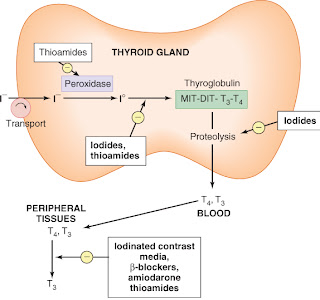ABC of Resuscitation (ABC series)
111 pages
Publisher: BMJ Books; 5 edition (January 7, 2004)
Language: English
ISBN-10: 0727916696
ISBN-13: 978-0727916693

Product Description
This authoritative guide has concise and practical information on all aspects of resuscitation. New guidelines are just one of the changes to the 5th edition of this book as many of the chapters have been completely rewritten,with new material on automated defibrillators, advanced life support including paediatric life support, new drugs plus many new illustrations. . The text has worldwide relevance with particular emphasis on Europe, Australasia, South Africa, South America, Malaysia and the Middle East.
For Download :
Publisher: BMJ Books; 5 edition (January 7, 2004)
Language: English
ISBN-10: 0727916696
ISBN-13: 978-0727916693

Product Description
This authoritative guide has concise and practical information on all aspects of resuscitation. New guidelines are just one of the changes to the 5th edition of this book as many of the chapters have been completely rewritten,with new material on automated defibrillators, advanced life support including paediatric life support, new drugs plus many new illustrations. . The text has worldwide relevance with particular emphasis on Europe, Australasia, South Africa, South America, Malaysia and the Middle East.
For Download :
Labels: Emergency Medicine, FREE MEDICAL BOOKS



